-
 Bitcoin
Bitcoin $118400
0.47% -
 Ethereum
Ethereum $3836
2.20% -
 XRP
XRP $3.157
2.98% -
 Tether USDt
Tether USDt $0.9999
-0.03% -
 BNB
BNB $801.5
1.31% -
 Solana
Solana $180.9
2.07% -
 USDC
USDC $0.9999
-0.02% -
 Dogecoin
Dogecoin $0.2225
2.50% -
 TRON
TRON $0.3285
-1.02% -
 Cardano
Cardano $0.7789
2.60% -
 Hyperliquid
Hyperliquid $43.60
2.39% -
 Sui
Sui $3.892
4.41% -
 Stellar
Stellar $0.4229
3.34% -
 Chainlink
Chainlink $18.01
3.98% -
 Hedera
Hedera $0.2745
6.77% -
 Bitcoin Cash
Bitcoin Cash $582.3
3.38% -
 Avalanche
Avalanche $23.77
1.04% -
 Ethena USDe
Ethena USDe $1.001
0.01% -
 Toncoin
Toncoin $3.493
3.59% -
 Litecoin
Litecoin $110.0
2.48% -
 UNUS SED LEO
UNUS SED LEO $8.936
-0.37% -
 Shiba Inu
Shiba Inu $0.00001304
2.49% -
 Uniswap
Uniswap $9.999
1.09% -
 Polkadot
Polkadot $3.897
3.26% -
 Monero
Monero $308.6
-0.83% -
 Dai
Dai $0.9999
-0.01% -
 Bitget Token
Bitget Token $4.504
-0.04% -
 Pepe
Pepe $0.00001154
2.95% -
 Cronos
Cronos $0.1471
3.06% -
 Ethena
Ethena $0.6691
19.53%
Is it a false signal that the MACD column shortens but the DIFF does not fall?
A shortening MACD histogram with a stable DIFF line often signals slowing momentum, not a reversal—common in crypto consolidations after strong moves.
Jul 30, 2025 at 07:49 am
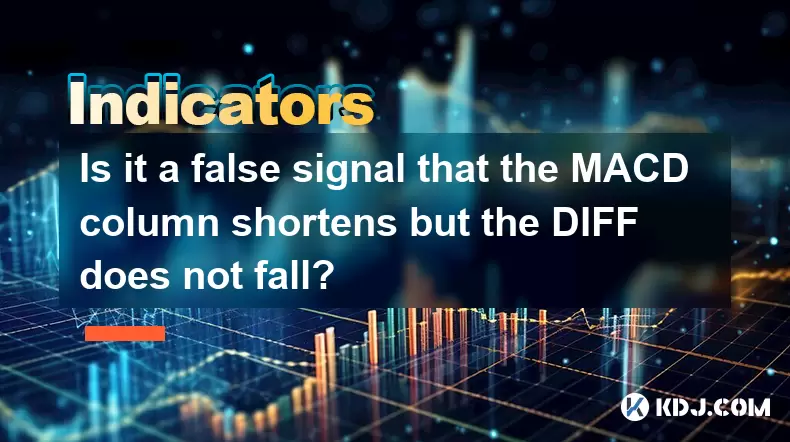
Understanding the MACD Indicator Structure
The MACD (Moving Average Convergence Divergence) indicator is a widely used technical analysis tool in the cryptocurrency market. It consists of three main components: the MACD line (DIFF), the signal line (DEA), and the MACD histogram (column). The DIFF line is calculated by subtracting the 26-period Exponential Moving Average (EMA) from the 12-period EMA. The signal line is typically a 9-period EMA of the MACD line. The histogram visually represents the difference between the MACD line and the signal line, displayed as vertical bars.
When the MACD histogram shortens, it indicates that the gap between the MACD line and the signal line is narrowing. This often suggests a potential slowdown in momentum. However, the behavior of the DIFF line must also be analyzed. If the DIFF line does not fall despite the histogram shortening, it raises questions about the strength and direction of the current trend. This scenario may not necessarily indicate a reversal but could reflect consolidation or weakening bullish momentum.
Interpreting the Histogram Shortening with Stable DIFF
A shortening MACD histogram while the DIFF line remains flat or continues to rise can be interpreted as a sign of decelerating momentum rather than a definitive reversal signal. In cryptocurrency trading, where volatility is high, such a pattern might occur during periods of consolidation after a strong price move. The key insight lies in understanding that the histogram reflects the rate of change in momentum, not the direction itself.
For instance, if the price of Bitcoin has been rising sharply and the MACD histogram begins to shrink while the DIFF line stays above zero and does not decline, this suggests that upward momentum is slowing but not reversing. The positive DIFF value indicates that the short-term EMA is still above the long-term EMA, maintaining a bullish bias. Traders should not interpret this as a sell signal without additional confirmation from price action or other indicators.
Distinguishing Between Momentum Shift and Trend Continuation
In crypto markets, momentum shifts can be misleading if analyzed in isolation. A shortening histogram with a stable DIFF line may reflect one of several scenarios:
- The market is entering a consolidation phase after a rapid move.
- Buyers are still in control, but their pace is decreasing.
- There is a lack of strong selling pressure, preventing the DIFF from falling.
To assess whether this is a false signal, traders should examine volume, price structure, and support/resistance levels. For example, if the price remains above a key moving average and trading volume decreases during the histogram contraction, it may indicate a pause before continuation. Conversely, if volume spikes downward while the histogram shrinks, it could foreshadow a reversal despite the stable DIFF.
Practical Steps to Validate the Signal on Trading Platforms
To verify whether the shortening MACD histogram with non-falling DIFF is a false signal, follow these steps on your trading platform (e.g., Binance, TradingView):
- Open the chart of the cryptocurrency you are analyzing (e.g., Ethereum/USDT).
- Apply the MACD indicator with default settings (12, 26, 9).
- Observe the histogram bars: if they are getting shorter, note the position and direction of the DIFF line.
- Check if the DIFF line is still rising or flat above the zero line.
- Overlay a volume indicator to see if trading volume is declining, which supports a consolidation interpretation.
- Add horizontal support and resistance lines to evaluate if the price is near a breakout or breakdown zone.
- Use candlestick patterns (e.g., doji, spinning top) to detect indecision at key levels.
If all these elements align—stable DIFF, shrinking histogram, low volume, and price near resistance—it may suggest a temporary loss of upward momentum rather than a trend reversal. This setup does not justify a short position without further bearish confirmation.
Common Misinterpretations in Crypto MACD Analysis
Many traders mistakenly assume that a shrinking MACD histogram always precedes a price reversal. This is not accurate, especially in trending cryptocurrency markets. During strong uptrends, the histogram can contract multiple times without the DIFF line falling, only to expand again as the trend resumes. This behavior is common in assets like Solana or Avalanche, which exhibit parabolic moves followed by brief pauses.
Another misconception is equating histogram length directly with price direction. The MACD histogram measures momentum acceleration, not price itself. A shortening bar means momentum is slowing, but as long as the DIFF remains positive and above the signal line, the underlying trend may still be intact. Relying solely on histogram length without considering the DIFF’s position can lead to premature entries or exits.
Combining MACD with Other Tools for Better Accuracy
To reduce false signals, combine MACD analysis with complementary tools:
- Use RSI (Relative Strength Index) to check for overbought or oversold conditions. If RSI is above 70 and the MACD histogram shrinks while DIFF holds, it may confirm a pullback rather than a reversal.
- Apply Bollinger Bands to assess volatility contraction. Narrowing bands during histogram shortening may indicate a pending breakout.
- Monitor on-chain metrics like exchange outflows or active addresses for Bitcoin or Ethereum to confirm underlying demand.
- Integrate Fibonacci retracement levels to identify potential support zones where price might stabilize before resuming the trend.
For example, if ETH price pulls back to the 61.8% Fibonacci level, the MACD histogram shortens, but the DIFF line remains flat above zero, and RSI holds above 50, this confluence suggests a high probability of trend continuation rather than reversal.
Frequently Asked Questions
Can the MACD histogram shrink while the trend is still strong?
Yes. A shrinking histogram indicates slowing momentum, not trend reversal. In strong crypto trends, momentum often pauses before accelerating again. As long as the DIFF line remains above the signal line and zero, the bullish structure is intact.
What does it mean if the DIFF line flattens but doesn’t fall?
A flattening DIFF line suggests that the short-term and long-term EMAs are converging slightly, but the bullish momentum hasn’t reversed. This often occurs during consolidation phases in Bitcoin or altcoin price action.
Should I sell if the MACD histogram shortens but DIFF doesn’t drop?
Not necessarily. A shortening histogram alone is not a sell signal. Wait for the DIFF line to cross below the signal line or for price to break key support before considering a bearish position.
How often does this scenario lead to a false reversal signal in crypto?
This pattern frequently appears in volatile crypto markets, especially after sharp rallies. In many cases, it results in a false reversal signal, particularly in assets with strong fundamentals or growing on-chain activity.
Disclaimer:info@kdj.com
The information provided is not trading advice. kdj.com does not assume any responsibility for any investments made based on the information provided in this article. Cryptocurrencies are highly volatile and it is highly recommended that you invest with caution after thorough research!
If you believe that the content used on this website infringes your copyright, please contact us immediately (info@kdj.com) and we will delete it promptly.
- Ozak AI: Can This Underdog Crypto Achieve a Bull Run to $1?
- 2025-07-31 22:30:12
- Coinbase Breach: Navigating Insider Risk and Bolstering Security
- 2025-07-31 23:11:55
- Bitcoin Rebounds, WeWake Presale Gains Traction: What's the Buzz?
- 2025-07-31 22:30:12
- Bitcoin, Altcoins, and Volume Watchlists: Decoding the Crypto Landscape
- 2025-07-31 23:11:55
- Tron, Fartcoin, and BlockchainFX: What's Trending (and What's Not) in the Crypto World
- 2025-07-31 21:32:19
- Bitcoin, Corporate Investments, and Sustainability: A New Era or Fleeting Fad?
- 2025-07-31 20:50:14
Related knowledge

How can you use the MACD histogram to determine trend strength?
Jul 31,2025 at 11:10pm
Understanding the MACD Histogram and Its ComponentsThe MACD (Moving Average Convergence Divergence) histogram is a visual representation of the differ...
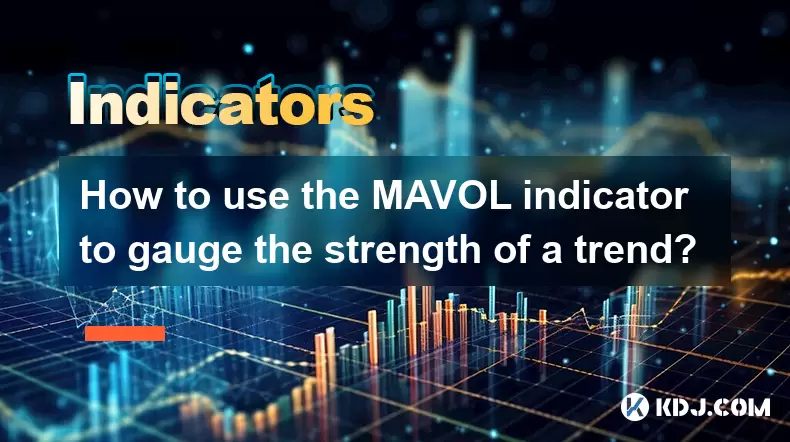
How to use the MAVOL indicator to gauge the strength of a trend?
Jul 31,2025 at 09:57pm
Understanding the MAVOL Indicator in Cryptocurrency TradingThe MAVOL indicator, short for Moving Average of Volume, is a technical analysis tool widel...
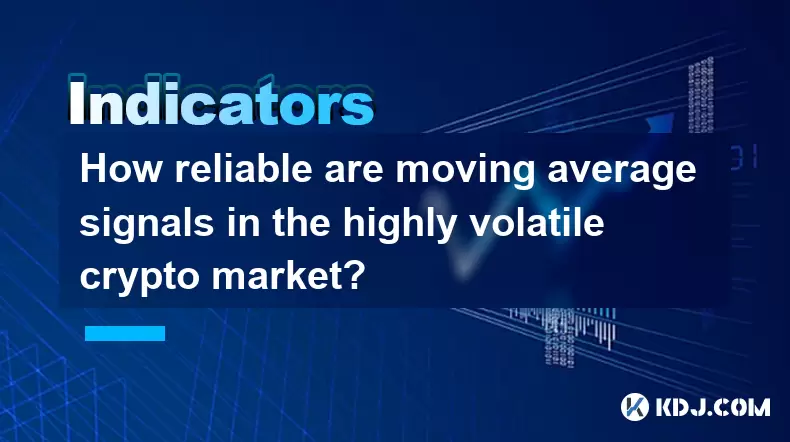
How reliable are moving average signals in the highly volatile crypto market?
Jul 31,2025 at 08:36pm
Understanding Moving Averages in Cryptocurrency TradingMoving averages (MAs) are among the most widely used technical indicators in the cryptocurrency...
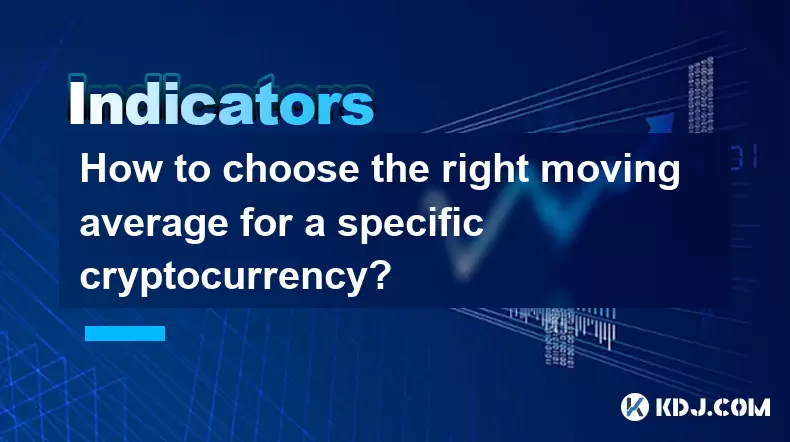
How to choose the right moving average for a specific cryptocurrency?
Jul 31,2025 at 10:29pm
Understanding the Role of Moving Averages in Cryptocurrency TradingMoving averages are foundational tools in technical analysis, widely used by crypto...
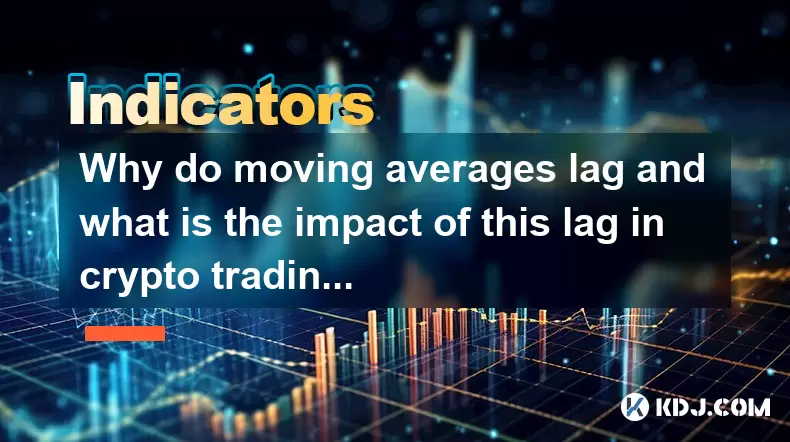
Why do moving averages lag and what is the impact of this lag in crypto trading?
Jul 31,2025 at 08:07pm
Understanding the Concept of Moving Averages in Crypto TradingMoving averages are among the most widely used technical indicators in cryptocurrency tr...
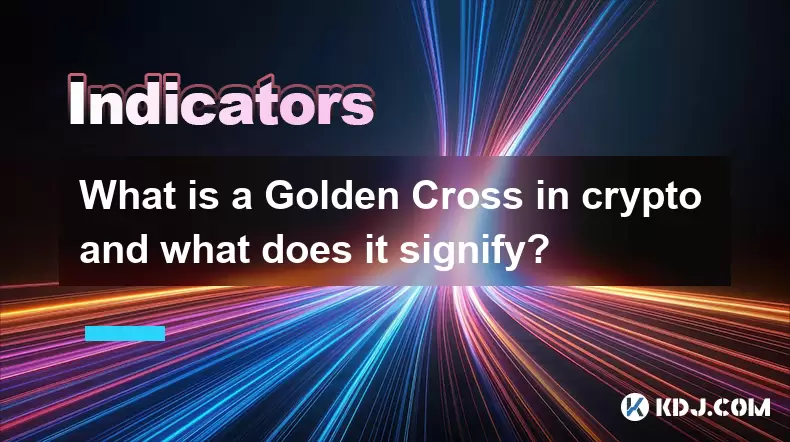
What is a Golden Cross in crypto and what does it signify?
Jul 31,2025 at 10:36pm
Understanding the Golden Cross in Cryptocurrency MarketsThe Golden Cross is a technical analysis pattern widely observed in cryptocurrency trading. It...

How can you use the MACD histogram to determine trend strength?
Jul 31,2025 at 11:10pm
Understanding the MACD Histogram and Its ComponentsThe MACD (Moving Average Convergence Divergence) histogram is a visual representation of the differ...

How to use the MAVOL indicator to gauge the strength of a trend?
Jul 31,2025 at 09:57pm
Understanding the MAVOL Indicator in Cryptocurrency TradingThe MAVOL indicator, short for Moving Average of Volume, is a technical analysis tool widel...

How reliable are moving average signals in the highly volatile crypto market?
Jul 31,2025 at 08:36pm
Understanding Moving Averages in Cryptocurrency TradingMoving averages (MAs) are among the most widely used technical indicators in the cryptocurrency...

How to choose the right moving average for a specific cryptocurrency?
Jul 31,2025 at 10:29pm
Understanding the Role of Moving Averages in Cryptocurrency TradingMoving averages are foundational tools in technical analysis, widely used by crypto...

Why do moving averages lag and what is the impact of this lag in crypto trading?
Jul 31,2025 at 08:07pm
Understanding the Concept of Moving Averages in Crypto TradingMoving averages are among the most widely used technical indicators in cryptocurrency tr...

What is a Golden Cross in crypto and what does it signify?
Jul 31,2025 at 10:36pm
Understanding the Golden Cross in Cryptocurrency MarketsThe Golden Cross is a technical analysis pattern widely observed in cryptocurrency trading. It...
See all articles

























































































